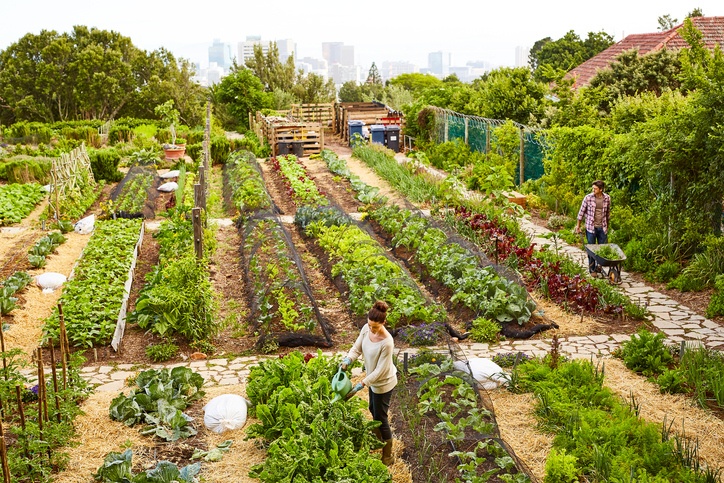
Whether you wish to cultivate gorgeous flowers or the freshest fruits and vegetables, tending a garden is also an amazing tonic for the mind, body, and soul.
But breaking into the gardening game can carry with it some pretty high upfront costs. Although you’ll need to obtain a wealth of tools and supplies to get things up and running, the upside is that once you’re set up to garden, the following years will be less about acquiring stuff and more about perfecting your methodology.
In order to make the entry into gardening accessible to everyone, we’ve come up with this handy guide to help keep the start-up costs of gardening as low as possible. And the best part? All of these tricks illustrate just how easy it is to garden using earth-friendly, organic, sustainable, self-reliant, and zero waste techniques to nurture plant life from seed to fruit.
Testing Your Soil
Good soil is the bedrock of a successful garden. Ideally, garden soil should be enriched with nutrients, have a balanced pH, and a crumbly texture that retains water while still draining well.
Odds are you won’t find this harmony of elements in your existing soil and will need to make a few adjustments. But before you do, perform these easy DIY tests first:
1. Assess Soil Texture For Free
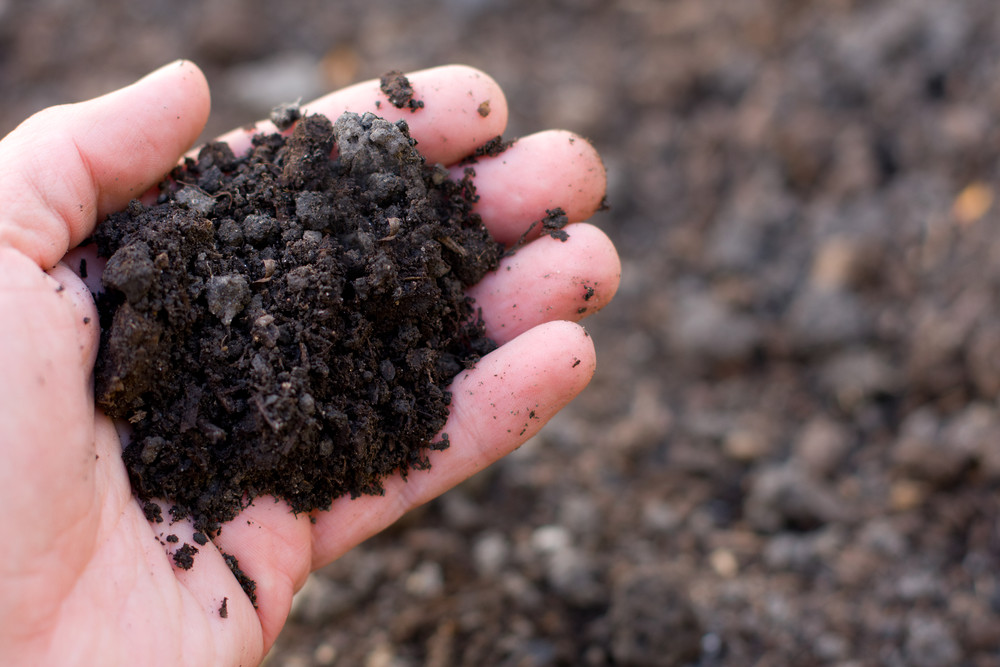
Loamy soil is the gold standard for a thriving garden, composed of less than 52% sand, 28% to 50% silt, and 7% to 27% clay. This blend allows for excellent aeration, drainage, and moisture retention.
To quickly assess your soil type, scoop up a handful of moist – but not wet – soil. Squeeze it tightly to form a ball. Poke the soil ball with your finger.
- If it easily crumbles, the soil is mostly sand
- If it keeps its shape but cracks and doesn’t crumble, then the soil is mostly clay.
For a slightly more accurate read of your soil composition:
- Collect about 1 cup of soil from your garden, 4 to 6 inches below the surface.
- Break up any clumps and remove stones and other debris.
- Place soil in a tall glass jar with a tight-fitting lid.
- Add a squirt of dish detergent.
- Fill the jar ¾ of the way with water.
- Screw on the lid and shake vigorously, ensuring no soil is stuck to the bottom of the jar.
- Set it on a level surface and let it settle for a few days.
- Once the water on top is fairly clear, you should be able to see the soil in layers.
The lowest layer will be sand, the middle layer silt, and the top layer clay. If your jar reads more than 50% clay, your soil is predominantly clay. If you see 80% or more sand, your soil is considered sandy.
2. Asses Soil pH For Free
A soil pH that is too alkaline or too acidic can prevent plants from absorbing nutrients. In general, most plants prefer a balanced pH between 6 and 7.5. However, some cultivars require high acidity (like blueberries and azaleas) while other need more basic soil (such as lilacs and artichokes).
You can select plants that will grow best in the soil pH you have, but in the meantime you can test your pH to get an idea of where you stand:
To test for alkalinity, take another soil sample 4 to 6 inches below the earth, remove any debris, pour into a glass jar, and add enough water that the soil becomes mud. Add a ½ cup of white vinegar to the jar and stir. If it fizzes or bubbles, your soil is alkaline.
To test for acidity, follow the same steps as above but instead add a ½ cup of baking soda to the jar and stir. If it fizzes or bubbles, your soil is acidic.
If have done both tests and neither one has resulted in a bubbling reaction, your soil pH is in the neutral range.
To neutralize soil pH, water your garden beds with one cup of vinegar to a gallon of water for basic soil or one tablespoon of baking soda per gallon of water for acidic soil.
Soil Amendments
So what do you do if your tests reveal you have bad soil? Not to worry, it’s easy to correct poor quality soil by amending your existing topsoil with organic matter.
3. Humus
The end-product of composting, humus is the ultimate soil fixer. Not only is it enriched with nutrients and beneficial microorganisms that help plants thrive, it is a dynamic soil conditioner that will bind to clay or sand to make it more moist or less dense. It has natural pH buffing properties too, helps the soil retain moisture, and prevents plant disease and pests.
Humus is truly a gardener’s best friend and starting up a compost system at home will provide you with a steady supply of this black gold. And because the compost is fed with food scraps and yard waste, it’s practically free.
4. Grass Clippings
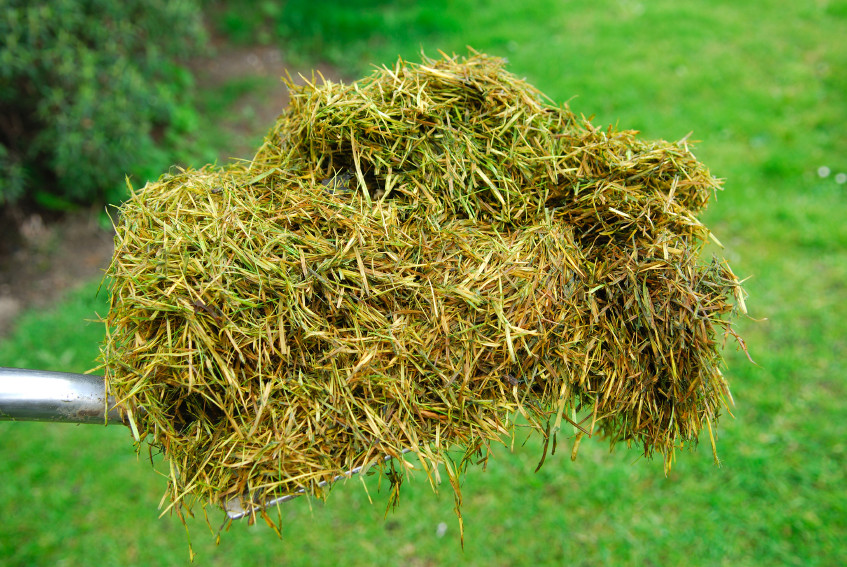
Another way to add free and abundant organic matter to your soil is to collect grass clippings after you mow your lawn. Grass clippings are especially high in nitrogen with smaller doses of potassium, phosphorous, and other micronutrients. Using grass in the vegetable garden also improves yield and thwarts pests.
You can work freshly cut grass clippings directly into the soil to improve soil texture and fertility. Or, allow them to dry out for a few days before applying them to the surface of your garden beds as a mulch no more than one inch deep.
5. Leaf Mold
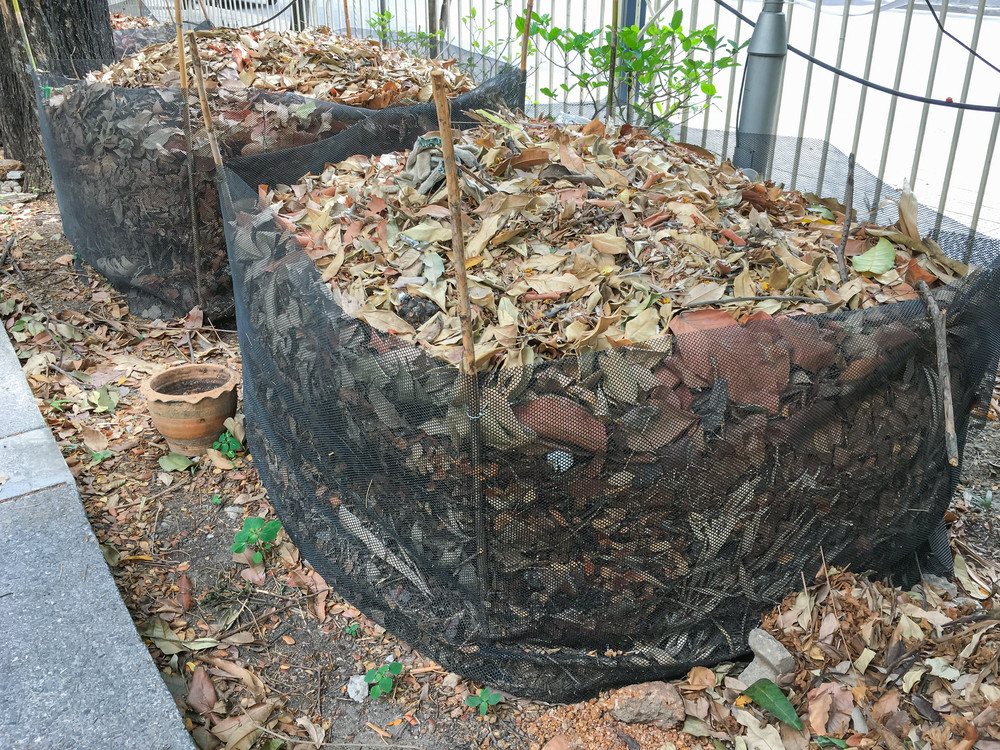
Free and readily available (especially in autumn), fallen leaves from deciduous trees can be collected to make leaf mold – the byproduct of a composting system fed entirely with leaves.
When piled into a heap and kept moist, leaves will decompose into a rich, earthy soil-like substrate. Though lacking in nutrients, leaf mold is an excellent soil conditioner that improves texture and structure of poor soil. It also boosts water retention by more than 50%. Like grass clippings, it can be worked into the soil or mulched on the surface.
Passive decomposition of leaves can take anywhere from six months to a year from start to finish. You can speed up the process considerably by running the mower over the leaves to make them smaller, turning the heap every few weeks, and covering the pile to retain moisture and warmth.
Seeds
Although purchasing packets of seeds each year is one of the cheapest ways to grow plants, free is always better!
6. Seed Saving
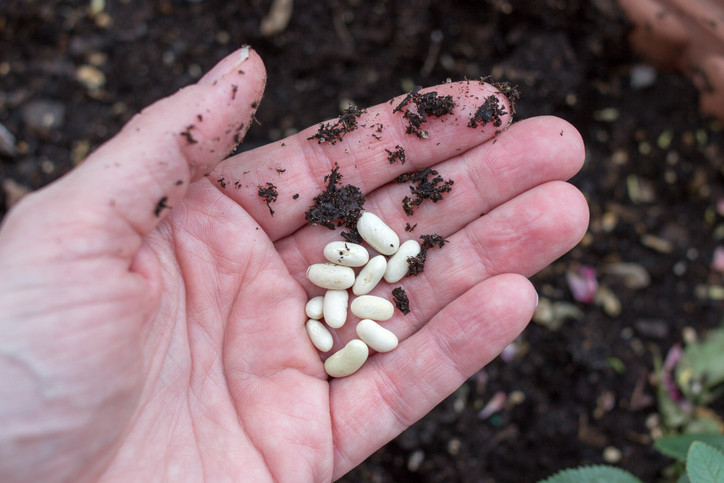
Learning how to save seeds from the organic produce you purchase to eat and from annual plants you grow is an invaluable skill you can use from one growing season to the next.
7. Seed Swaps
Trading seeds with a gardener friend or neighbor is another way to get your hands on some free seeds. Broaden your reach by joining Seed Savers Exchange, an online community where you can offer and request heirloom seeds and plants for only the cost of shipping. Free local classifieds and Facebook groups can also be a place to connect with like-minded seed swappers.
8. Seed Library
Extending the principles of book lending to the plant kingdom, seed libraries will provide you with seeds at no upfront cost – the hope is that one day you will replenish their stores with seeds you have collected. Check with your local public library, as some locations have been making room for a seed bank nook. Otherwise, here’s a directory of seed libraries in the US and across the globe.
Plant Starts
Pricier than growing from seed, purchasing potted annual plants from the nursery each year is a recurring expense that can really add up. Here are a few cost effective tricks to keep your yard in the green:
9. Plant Cuttings
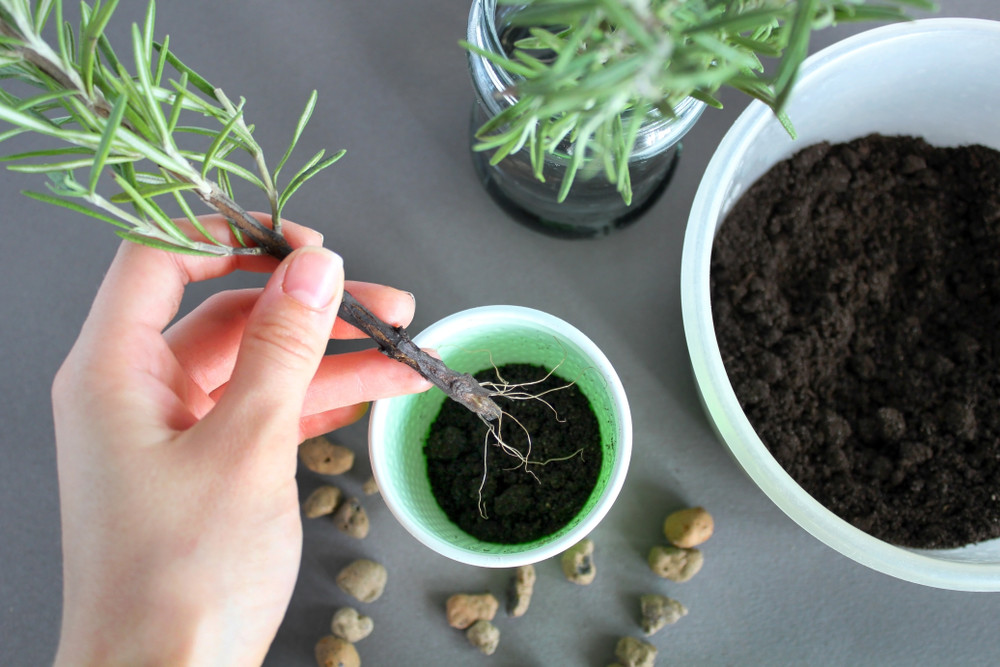
Many herbs, flowers, and foliage plants can be propagated from cuttings without harming the mother plant. Tap into your social network to see if you can take a few snippings.
10. Division
Perennial plants that self-propagate via underground tubers, bulbs, and rhizomes can be divided each year to cover any bare patches in your backyard.
11. Regrow Your Food
There are several kinds of foods that you can buy once and regrow forever, including green onions, potatoes, leeks, bok choy, ginger, and garlic.
12. Perennial Plants
Investing in perennial foods, flowers, and bushes is certainly pennywise. Just make sure the plants you buy match up with your plant hardiness zone.
13. Foliage Plants from Scraps
When you want to round out your outdoor space with lush foliage, try harvesting seeds from food scraps. While they likely won’t bear fruit, you can easily add texture and greenery to flower baskets, container gardens, and flower beds.
Gardening Tools
Usually presenting the greatest expense in gardening is the tools you’ll need to work the land. But with a little planning and ingenuity, you can skirt paying for the big ticket items altogether.
14. Smother the Site
When beginning a garden by scratch, save yourself the labor of digging and turning the soil by simply laying down cardboard or newspaper on the grass of your chosen site. Smothering in this manner preps the plot for you by blocking out sunlight. All you have to do is lay down 6 to 8 sheets of black and white newsprint and cover with compost, leaf mold, or grass clippings. You can plant right away too, just punch a hole in the newspaper wherever you want to plant.
15. Borrow It
Some gardening tools – like shovels, tillers, edgers, hoes, and trowels – will definitely make this labor of love a whole lot easier. For essential tools, your local public library may have a few items you can borrow for a time. Dedicated tool lending libraries are also scattered across North America.
16. Freebies
The free section of Craigslist and the Freecycle Network are good spots to be on the lookout for people just giving ‘em away.
17. Get a Good Deal
Yard sales, second hand shops, estate sales, and local classifieds are an excellent way to get deep discounts on high quality garden tools.
Typically the big box garden centers will have clearance sales on outdoor supplies in autumn, after the growing season. Plan ahead and stock up on anything you weren’t able to source this spring.
Garden Supplies & Materials
There are plenty of materials in and around the home that can be repurposed for the garden:
18. Seed Starter Pots
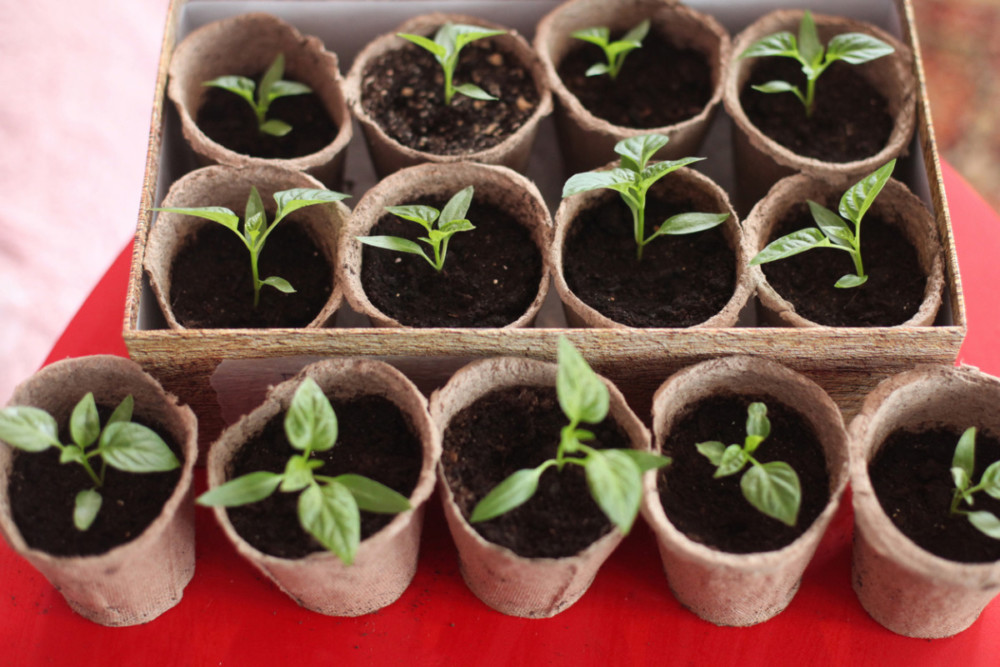
Eggshells, toilet paper rolls, ice cube trays, and plastic yogurt cups are among the creative ways to start seeds.
19. Potting Soil
You can purchase premade potting soil mixes but a much more economical way is to make your own from garden soil, compost, and perlite or sand.
20. Containers
So many things can be upcycled into fun and totally unique containers and hanging baskets!
21. Reclaimed Wood
Scrap lumber and wood pallets can often be sourced for free and may be used on an array of DIY projects in the garden, including compost bins, flower pot holders, raised garden beds, garden walkways, and more.
22. Scavenged Branches
Take a stroll in the forest to find fallen tree branches that can be used to make trellises and wattle fencing.
23. Plant Supports
Growing climbing plants and vines means you’ll need to provide some support. Cages, arbors, teepees, and trellises can be constructed from old wire hangers, patio umbrellas, ladders, mattress springs, and more.
24. Irrigation
For small gardens, you can fashion a watering can from the largest plastic bottle you can find and poke holes in the lid – like so. Larger setups would benefit from an irrigation system, which can absolutely be DIYed on the cheap.
Fertilizers
You can sidestep using synthetic fertilizers altogether and still provide all the nutrition plants need to flourish. The building blocks of plant growth are nitrogen, phosphorous, and potassium, but they also need trace elements like calcium, iron, and zinc. These macro and micronutrients can be found in many natural sources:
25. Coffee Grounds
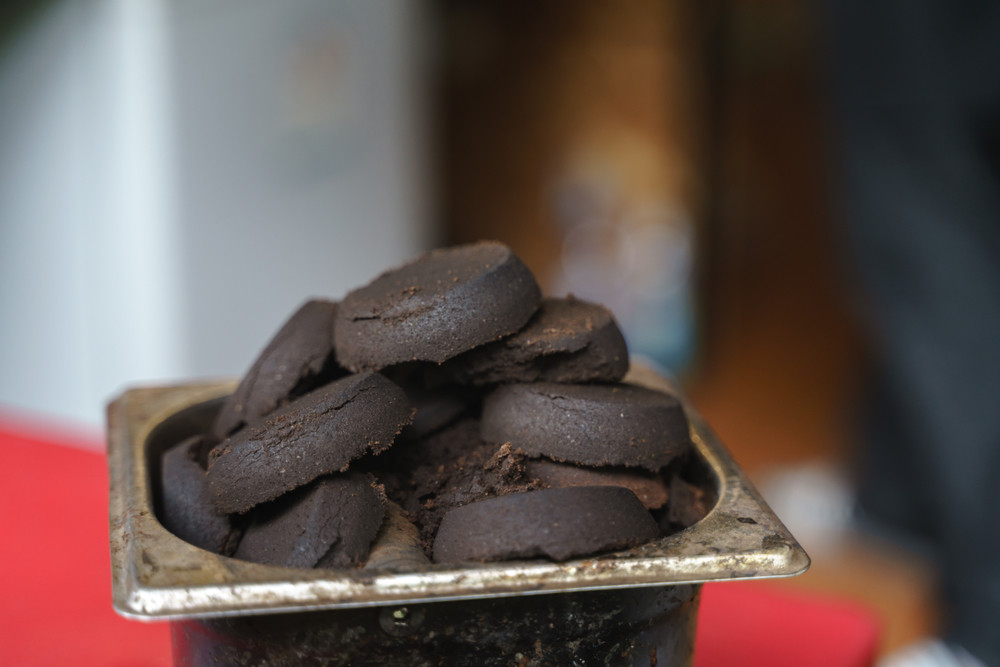
Spent coffee grounds are rich in nitrogen, which plants need for healthy leaf and stem development.
26. Tea Leaves
Likewise, used tea leaves removed from the bag will help prevent nitrogen deficiencies.
27. Banana Peels
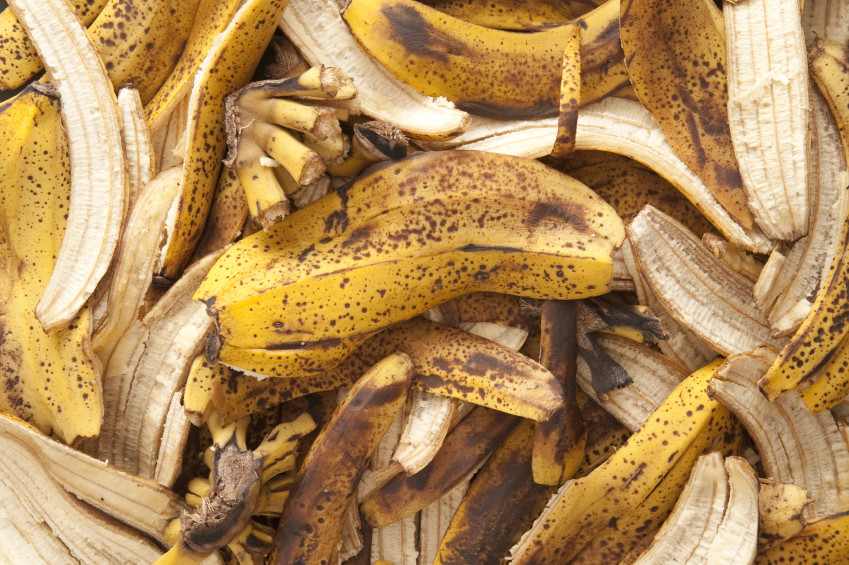
A good source of phosphorous and potassium, banana peels can be dried and ground up to be worked into your garden soil to promote flowering, root development, and overall health.
28. Epsom Salts
Providing magnesium – an element necessary for plant photosynthesis – can be accomplished by adding epsom salts to the mix.
29. Eggshells
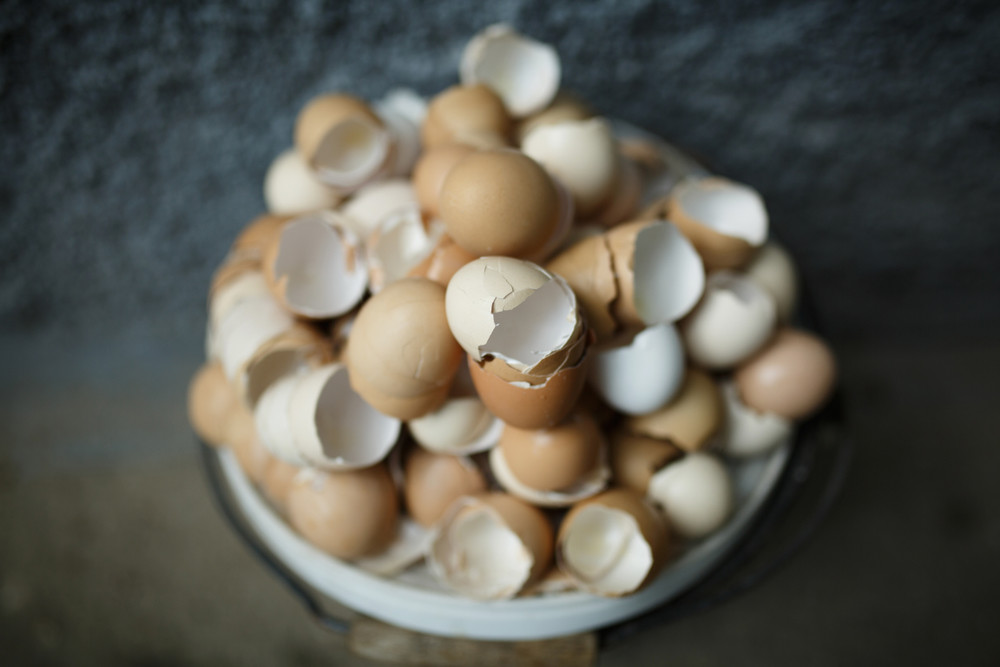
Plants need calcium to support healthy cell walls and tissue, and is especially essential when growing calcium lovers like tomatoes, apples, lettuce, and peppers. Supplement their needs with eggshells, which are made up of 95% calcium carbonate.
30. Wood Ash
Composed primarily of calcium, phosphorus, and magnesium, wood ash is an excellent soil amendment that also provides smaller amounts of iron, zinc, copper, and other trace elements. It can be worked directly into the soil to fertilize and raise pH levels.
31. Vinegar
Acid loving plants like blueberries, strawberries, azaleas, and rhododendrons will benefit from the occasional vinegar treatment. To mix, add one tablespoon of white vinegar per gallon of water.
32. Aquarium Water
If you keep fish, the next time you perform a water change, don’t dump the old water. Enriched with fish waste, good bacteria, and plenty of nutrients, use it to give a sizeable boost to plant growth.
33. Fertilizer Teas
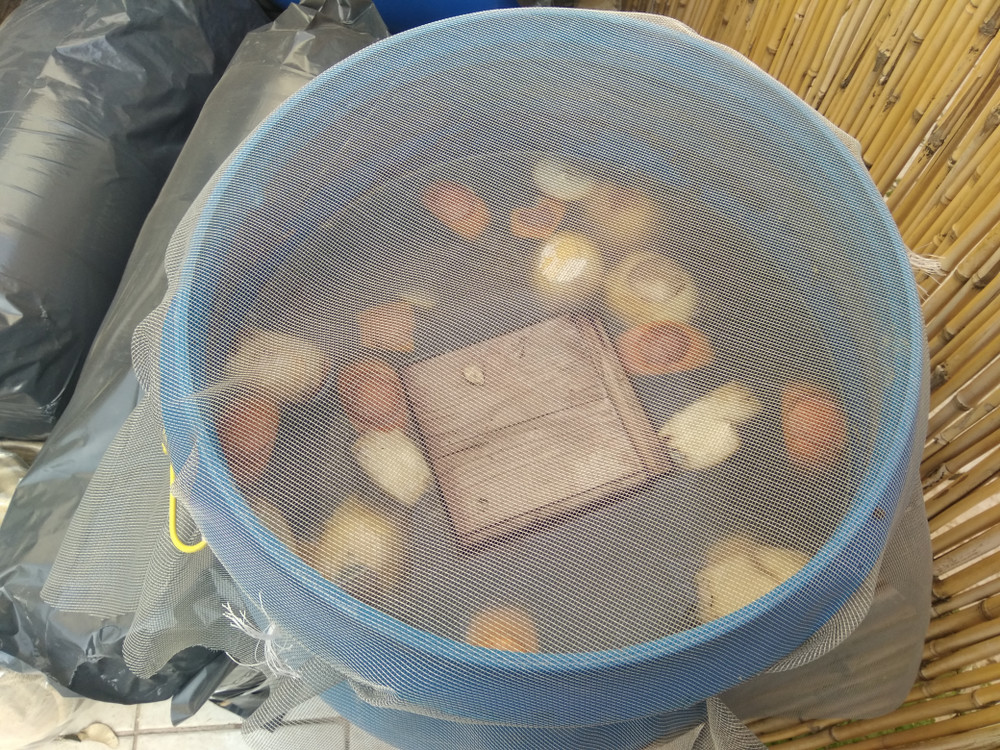
Set aside some finished compost, wood ashes, or grass clippings and brew up some tea that acts as a superior all-purpose organic fertilizer.
Pesticides & Fungicides
Commercial pesticides are often classed as persistent organic pollutants that contain some pretty nasty stuff – arsenic, dioxins, formaldehyde, benzene – and will remain on the planet long after we are gone.
But by working with nature, rather than against it, we can thwart garden invaders by tapping into – and strengthening – the principles of natural plant defense:
34. Garlic
High in sulfur compounds, garlic will naturally deter pests, rodents, and fungi. Make a garlic foliar spray by pureeing a head of fresh garlic and mixing it with one gallon of water.
35. Hot Peppers
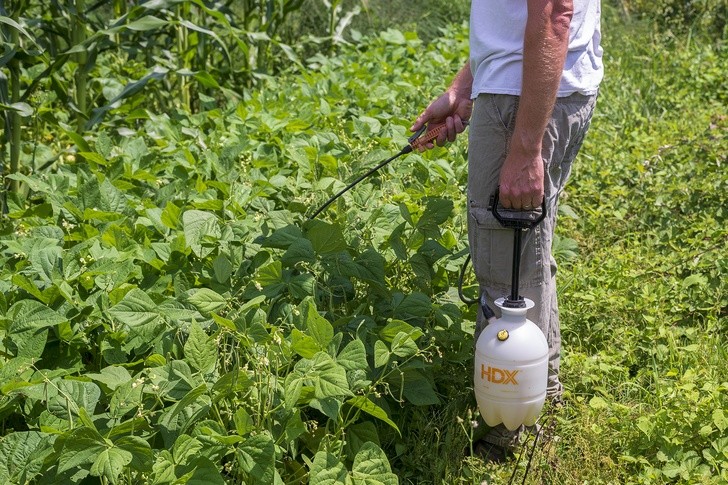
Rendered into a foliar spray, hot peppers containing capsaicin (like habanero, chili, jalapeno, and cayenne) will beat back many kinds of garden pests.
36. Insecticidal Soap
An excellent pest preventative, spritzing plants with a soapy spray will desiccate soft-bodied insects and dry them out. It works because soap contains saponins, phytochemicals found in many plants that act as a natural defense against insects and fungi. To make, combine one tablespoon of liquid soap (we recommend all natural castile soap) per quart of water.
37. Epsom Salts
Rich in magnesium, epsom salts also contain sulfur that will aid in the fight against hungry slugs and beetles. To make a spray, mix at a rate of one cup of epsom salts per 5 gallons of water. To control slugs, snails, and other slimy undesirables, sprinkle dry epsom salts on the soil to create a barrier around your affected plants.
38. Baking Soda
Among the myriad ways to use baking soda in the garden is stellar pest control. Combine two tablespoons of baking soda, one tablespoon of vegetable oil, a few drops of liquid soap, and a gallon of water to control bugs, powdery mildew, and fungal infestations.
39. Cinnamon
True cinnamon derived from Cinnamomum verum acts as a potent fungicide. Sprinkle ground cinnamon directly on the soil to tackle mold or steep a teaspoon of the spice into a cup of warm water overnight and spray plants to treat damping off, slime mold, and powdery mildew.
40. Beneficial Insects
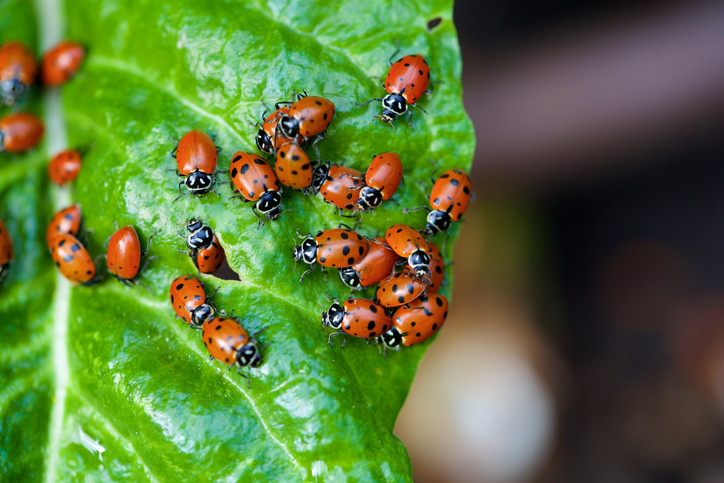
Fight insects with insects by using these techniques to attract the good guys that will prey on the bad ones.
41. Companion Planting
A passive way to control pests, companion planting also helps improve soil, boost yields, encourages pollination, and more. Check out these 28 companion planting match-ups that will keep the creepy crawlies at bay.
